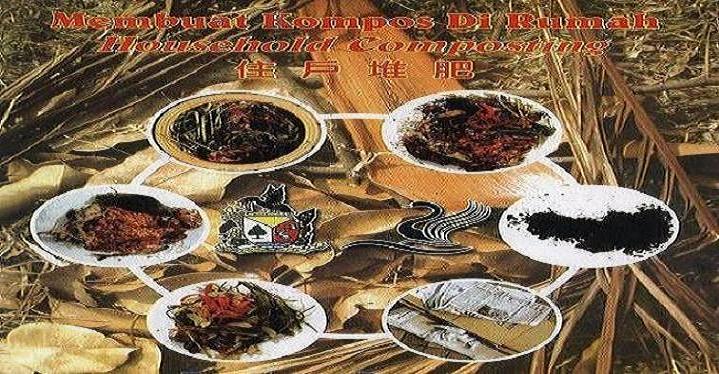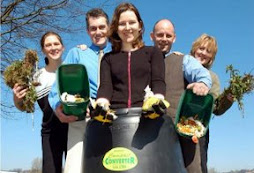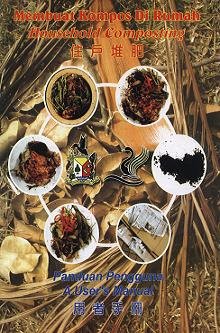Wednesday, April 16, 2008
Composition of Biodegradable Materials
Compostion of Biodegradable Materials
Type
Kitchen Waste
These include:
- Fruit and vegetable wastes - skins, peels, seeds, leaves, roots, com cobs, etc.
- Entails, innards
- Meat and diary products, egg shells
- Leftover food - rice, curries, prawn shells, bones and other leftover cooked food,
etc.
- Tea bags, coffee grounds
Garden or Yard Waste
- Grass clippings
- Leaves
- Weeds
- Dry leaves
- Woody materials (twigs and branches)
- Straw
- Saw dust
- Soil
Newspaer and Cardboard
- Paper towels
- Toilet paper
- Tissue paper
- Cardboard boxes
Other Household Items
- Disposable diapers (plastic liner removed)
- Sanitary napkins (plastic liner removed)
Air is essential for decomposition microorganisms to live and multiphy.
Water provides moisture for decomposer organisms.
In building a compost pile, you are actually building a home for these microorganisms.
Turning and watering the compost heap provides it with air and water that are essential for decomposer microorganisms.
Another ingredient that is often used is soil, which is a source of microorganisms that aids in the decomposition process.
The main decomposer microorganisms are bacteria, fungi, worms and insects.
Kithcen and food scraps can also be incorporated in some methods of composting.
mature compost exudes an earthy smell. is often dark brown or black in colour and feelsm crumbly and sightly moist.
The finer the materials used for composting, the faster it will mature.
Composting for organic farming is the same as discussed above but does not include paper products (tissue paper, paper towels, soiled diapers, cardboard, etc) as these have been treated with chemiclas during the manufacturing process.
Subscribe to:
Post Comments (Atom)












No comments:
Post a Comment